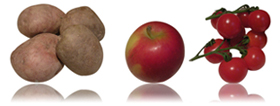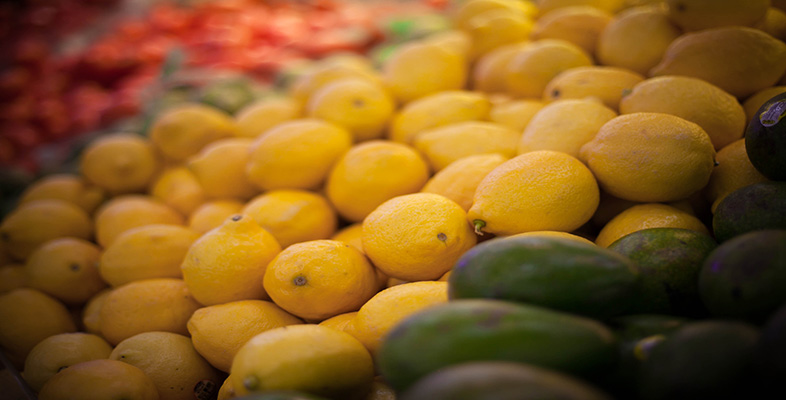1.3 Visit a retail store
How much time you allocate to Activity 3 is largely dependent on when and where you choose to visit a store. Gathering the information you need to complete the activity should take around 15 minutes.
Retail businesses vary in shape and size. This same variety is also found in the extent of activities involved in managing stores. There are many tasks to fulfil if you are to run a retail operation successfully. In a small store, many of these tasks may be carried out by an individual but in a large organisation tasks will be divided to ensure smooth and efficient running of the business. Activity 3 encourages you to consider different aspects of retail operations and highlights linkages between various functions of a retail operation and how a retailer might be affected by environmental forces (e.g. an economic downturn can result in a reduced advertising budget, changes in the law can affect employment, planning regulations can influence store openings/closures and so on).

Activity 3: Visit to a supermarket
Task
Purpose: to observe logistics, marketing and customer service issues affecting a supermarket.
Task: Visit a supermarket of your choice (the size of the store does not matter, nor does the location) and work your way through tasks A–D below.
Task A
Go to the fresh fruit and vegetables section and note down where in the world examples of the following products were grown:
- apples
- potatoes
- tomatoes.
Answer
Did you find that the fresh fruit and vegetables came from different parts of the world? The results from my supermarket trip were as follows:
- apples – grown in France
- potatoes – grown in the UK
- tomatoes – grown in Spain.
What we are interested in is how these products got to the supermarket shelves. The buying department/office will select product ranges and negotiate terms with suppliers. Products will be selected to meet the needs of the customers.
Task B
Note down an example of fresh produce which is out of stock but do not worry if you cannot find anything that is out of stock.
Answer
I found several products out of stock – bananas, strawberries and parsnips.
The delivery and logistics teams responsible for distributing goods from suppliers to the shop floor will be involved in getting the products to your supermarket shelves in the right quantities and at the right time.
Task C
Write down the details of the promotional offers that catch your eye as you walk around the store.
Answer
The promotional offer that caught my eye was the price discounts on shelves giving 25 per cent off certain product lines. There was also a competition for a holiday being advertised. Your attention might have been ‘grabbed’ by a range of different in-store promotional techniques such as:
- bonus packs
- contests and competitions
- discount offers
- free gifts
- in-store events – tasting/testing
- money-off coupons
- opportunities to save
- sale items.
Equally, you might have been attracted to evocative advertising posters bringing your awareness to certain features of a particular product.
Task D
As you leave, see how long the queues are at the checkout.
Answer
There was no queue at the checkout when I went to the store, but it was mid-afternoon on a very wet day. Tesco, Sainsbury’s and many other leading supermarket retailers make customer service promises, indeed, at Sainsbury’s, there should be no more than three people waiting in a queue at any one time. To achieve this requires vigilant monitoring of customer flows and careful management of the staff.
This activity has illustrated some of the main functions of a retail operation including:
- buying and merchandising of products
- human resource management – managing the in-store staff who process your order through the tills or help you at the self-service checkouts
- logistics and distribution – the processes that get the goods to your store
- marketing – the in-store promotional techniques used to encourage you to make a purchase.
You now should have begun to see retailers differently. You know more about the different sectors a retailer might operate in terms of product ranges and the next step is to examine the elements that make up the trading environment where retailers operate. From a retailer’s point of view it is important to understand the trading environment in order to take advantage of opportunities and avoid threats, which can affect short-term and long-term success.
What have you learnt about defining retailing?
You have developed a working definition of retailing, begun to identify some of the complex issues retailers consider such as which product activity sector to operate in and what types of customers to serve. Additionally, you have visited a store and begun to think about some of the issues associated with running a retail operation.
In the next section we are going to think about the meaning and importance of marketing to retailers.
